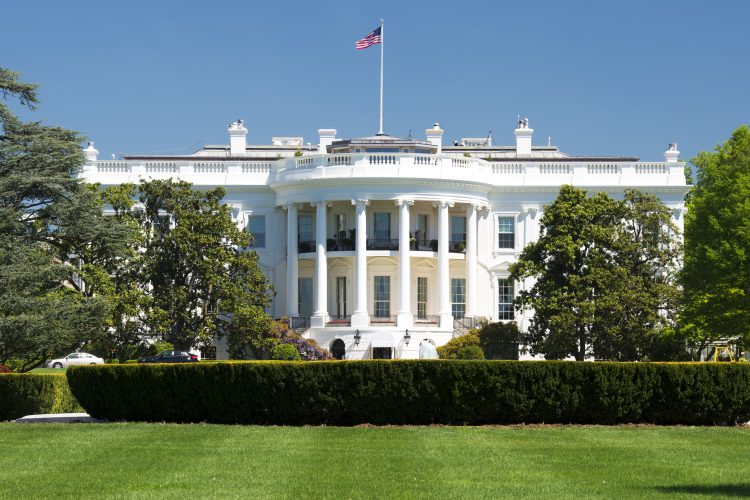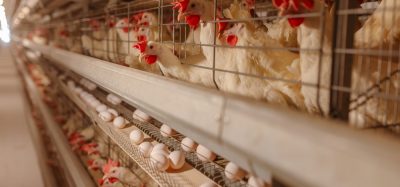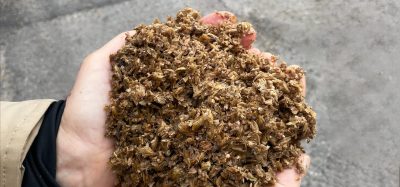US agencies unite to combat food waste and methane pollution
- Like
- Digg
- Del
- Tumblr
- VKontakte
- Buffer
- Love This
- Odnoklassniki
- Meneame
- Blogger
- Amazon
- Yahoo Mail
- Gmail
- AOL
- Newsvine
- HackerNews
- Evernote
- MySpace
- Mail.ru
- Viadeo
- Line
- Comments
- Yummly
- SMS
- Viber
- Telegram
- Subscribe
- Skype
- Facebook Messenger
- Kakao
- LiveJournal
- Yammer
- Edgar
- Fintel
- Mix
- Instapaper
- Copy Link
Posted: 7 December 2023 | Grace Galler | No comments yet
The Biden-Harris Administration has unveiled a draft of the National Strategy to reduce US food loss and waste.


The US Environmental Protection Agency (EPA), US Department of Agriculture (USDA), and the US Food and Drug Administration (FDA) have released the “Draft National Strategy for Reducing Food Loss and Waste and Recycling Organics”, a release that aligns with President Biden’s government-wide initiative to address climate change and advance a circular economy.
Specifically, the draft strategy outlines EPA, USDA, and FDA actions to prevent the loss and waste of food and other organic wastes, reducing associated environmental impacts such as methane pollution, a potent contributor to climate change with 28 times more warming potential than carbon dioxide.
The draft was announced by Michael S. Regan, EPA Administrator during the 28th Conference of the Parties (COP28) in Dubai. It was presented as one of the US’ key deliverables but is also deliverable in the Biden-Harris Administration’s National Strategy on Hunger, Nutrition, and Health, released in conjunction with the historic White House Conference on Hunger, Nutrition, and Health in September 2022.
“From day one, President Biden has been clear that tackling the climate crisis requires a comprehensive and whole-of-government approach. The release of this draft national strategy for food loss and waste is an important step forward in this effort to protect people and the planet,” said Regan.
Findings from the EPA highlight a certain trend: although overall emissions from landfills are dropping, methane emissions specifically from food waste in these sites are on the rise. In fact, 58 percent of the methane released from landfills originates from discarded food, according to EPA research.
The draft strategy’s core objective is to halt this trend by diverting organic waste away from landfills, curbing greenhouse gas emissions. It emphasises the creation of community-level organic recycling systems, particularly in underserved and heavily burdened areas, not only to diminish pollution but also to generate employment opportunities.
In addition, the draft strategy drives progress toward the National Food Loss and Waste Reduction Goal to reduce the loss and waste of food by 50 percent by 2030. In addition, it supports the US Methane Emissions Reduction Action Plan.
“Because methane is both a powerful GHG and short-lived compared to carbon dioxide, achieving significant reductions would have a rapid and significant effect on reducing GHG emissions,” said The White House, Washington in a statement.
The draft itself outlines four objectives, including:
- Preventing the loss of food where possible
- Preventing the waste of food where possible.
- Increasing the recycling rate for all organic waste.
- Supporting policies that incentivise and encourage food loss and waste prevention and organics recycling.
For each of the aforementioned objectives, specific actions have been written that EPA, FDA, or USDA could take. EPA suggested actions include developing and leading a national campaign to teach consumers how reduce food waste and supporting the development of additional organics recycling infrastructure through grants and other assistance for all communities, and especially those that are underserved.
“Reducing food loss and waste is one of the most impactful actions we can take to reduce climate pollution and build a circular economy. Working together with our partners at USDA and FDA, we will take actions to significantly reduce waste and the pollution that comes with it while improving our food system and boosting the economy,” concluded Regan.
Related topics
Related organisations
The Biden-Harris Administration, US Department of Agriculture (USDA), US Environmental Protection Agency (EPA), US Food and Drug Administration (FDA)









